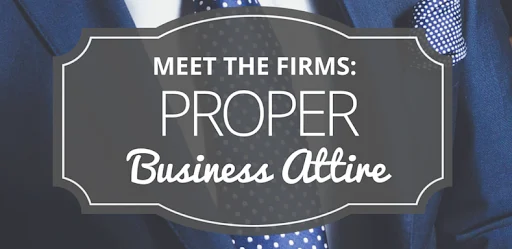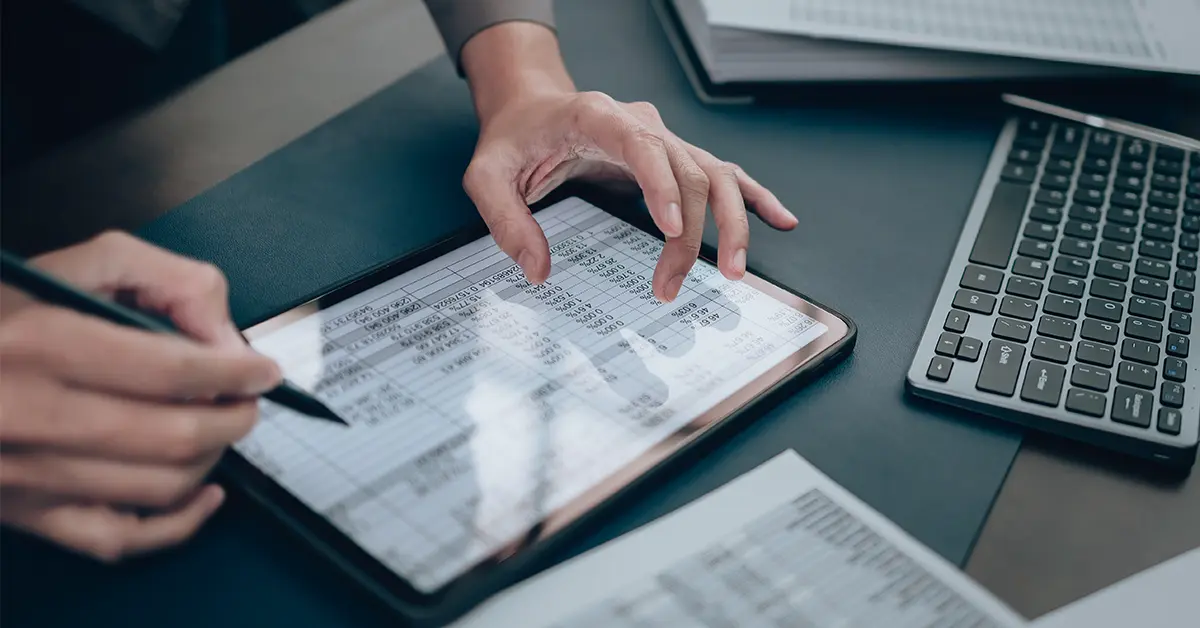In the professional world, there are lots of guidelines and standards to go by. And with good reason. The purpose of establishing so much protocol on how to carry yourself when interacting with other business professionals is to show how you represent your company when working with clients.And your outward appearance is no exception. Knowing your business proper attire vocabulary isn’t advantageous just for Meet the Firms events, but your entire career. In this blog, we’ll talk about proper business attire and the differences between each!
Business Formal
If you’re in business formal attire, you’re definitely dressing to impress! This is the most formal you can be, and normally means a full on suit complete with dress shoes.

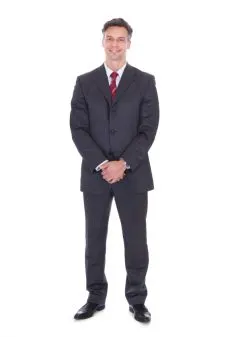
- For men, a pantsuit with a silk tie, cufflinks, silk or linen pocket squares, and buttoned collared dress shirt is normally regarded as full-on business formal.
- For women, a pantsuit with a buttoned collared dress shirt or a suit with a skirt and pantyhose/closed toe pumps is regarded as full-on business casual.
You should wear business formal attire…
- For an interview
- Meet the Firms events
- Other business events
- When you don’t know the proper dress code (it’s always better to come overdressed than underdressed!)
Business Professional
Business professional attire is a step down from business formal and normally is conservative clothing that still portrays professionalism.

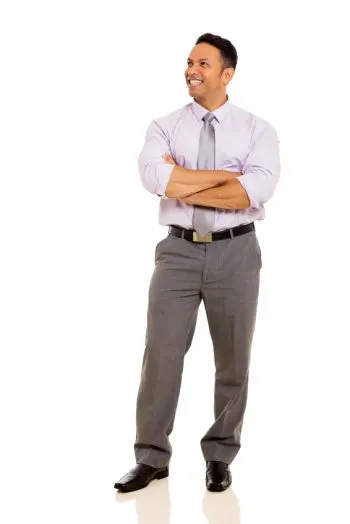
- Men can wear a blazer or suit jacket, button down shirt, suit pants, a tie, and dress shoes.
- Women can wear a skirt or pant suit with heels and a button down shirt or appropriate blouse.
You should wear business professional attire…
- If you are specifically told it’s okay to do so
Business Casual
Business casual attire is a dress code that’s meant for exactly what it sounds like: a casual and no-suit-necessary environment. However, this can be tricky. This doesn’t mean you can wear just anything.
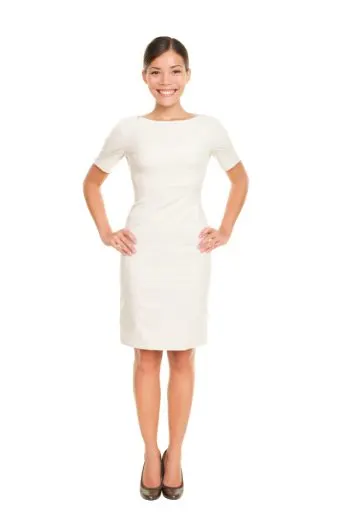

- Men can wearpolo shirts, collared shirts or sweaters, khakis, dress pants, and dress shoes. A tie is not necessary.
- For women, conservative dresses, skirts, collared shirts, sweaters, dress pants, and dress shoes or boots are acceptable.
You should wear business professional attire…
- If you are specifically told it’s okay to do so
Casual
Casual dress is usually everyone’s favorite since it allows you to be more comfortable. This doesn’t mean you can just wear your favorite ripped jeans and crop top t-shirt, though. Double check with your employer, event manager, or whoever that person may be, to ensure that you’re following their interpretation of “casual” correctly. This is the safest route to take. If they say it’s okay to wear sneakers and t-shirts, go for it. If they prefer you to wear well-tailored jeans and presentable blouses, do that. But no matter how they define casual, it’s your job to make sure you look neat and presentable to clients.
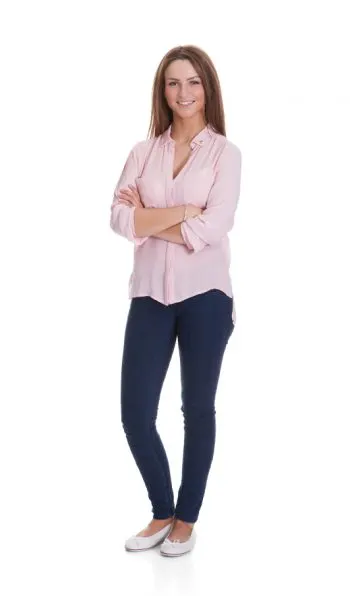
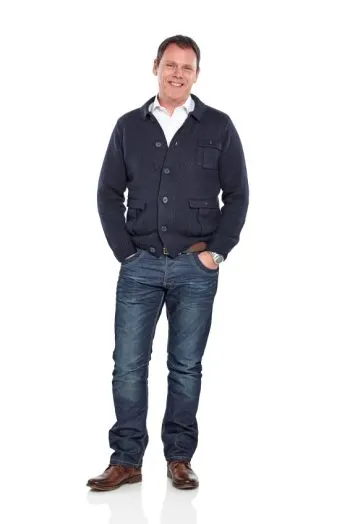
You should wear casual attire…
- If you are specifically told it’s okay to do so
All in all, best practices for knowing what to wear boils down to specifics. Call the event coordinator and ask what the attire is going to be like. If you can’t get a hold of that person or can’t find any other information, go business formal! It’s your safest bet. Good luck at your events! And we know you’ll dress appropriately for the part!
